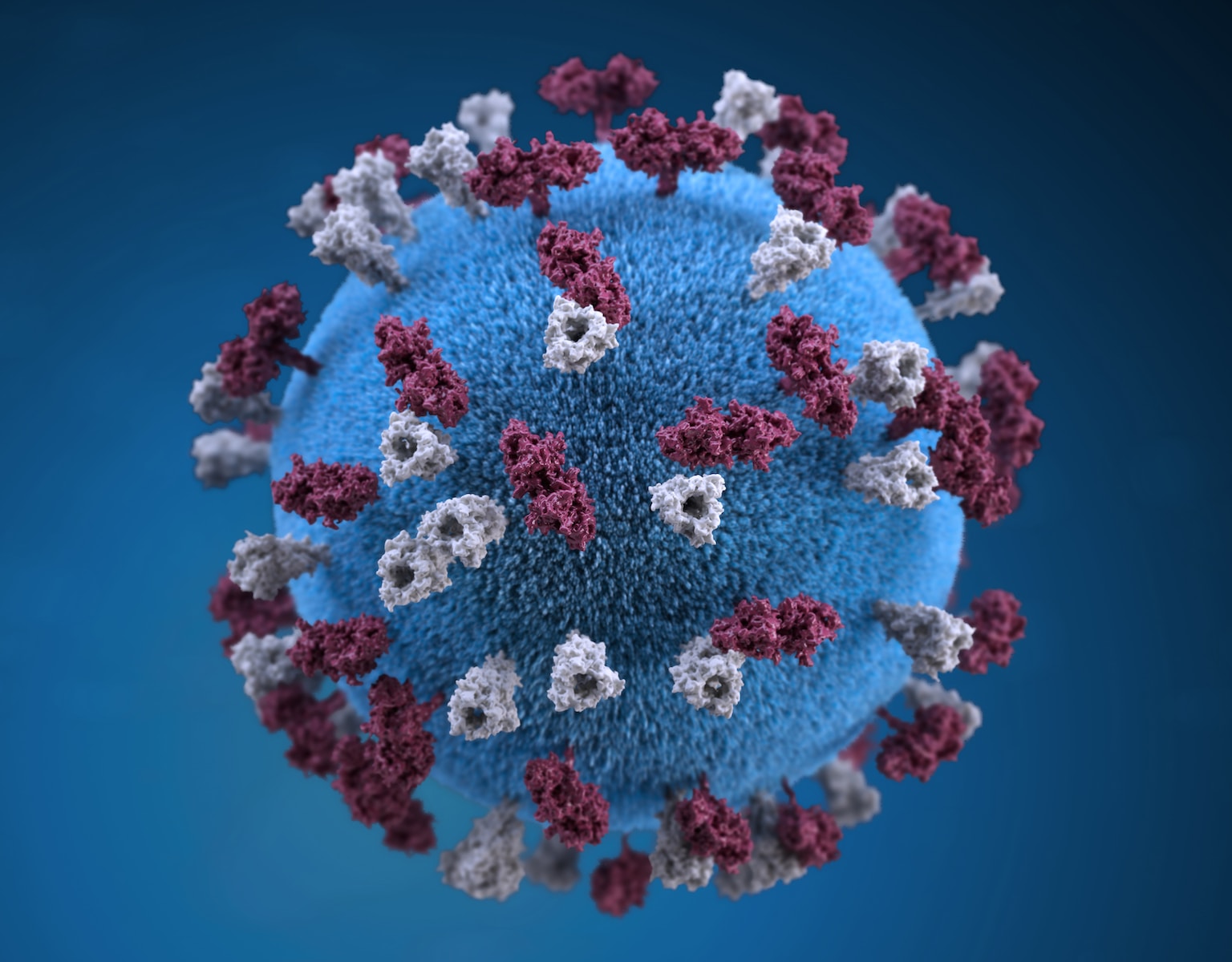Table of Contents
ToggleIntroduction:
XBB.1.16 is the latest variant of concern that has emerged in the ongoing COVID-19 pandemic. It was first detected in South Africa and has since spread to other parts of the world, including the United States. As with other variants, XBB.1.16 has raised concerns about its potential impact on public health and the effectiveness of current vaccines and treatments. In this article, we will explore the key features of XBB.1.16 and what we know about this variant so far.
Origins of XBB.1.16:
XBB.1.16 is a variant of the SARS-CoV-2 virus, which causes COVID-19. It is believed to have emerged in South Africa in late 2022, and was first identified in January 2023. The variant has multiple mutations in the spike protein of the virus, which is the part that allows the virus to enter human cells.
Transmission of XBB.1.16:
XBB.1.16 is believed to be highly transmissible and may spread more easily than previous variants of the virus. It is primarily transmitted through respiratory droplets when an infected person talks, coughs, or sneezes. The variant can also be spread through contact with contaminated surfaces or objects.
Symptoms of XBB.1.16:
The symptoms of XBB.1.16 are similar to those of other COVID-19 variants, including fever, cough, shortness of breath, fatigue, muscle aches, and loss of taste or smell. However, some early reports suggest that XBB.1.16 may cause more severe illness and a higher risk of hospitalization compared to previous variants.
XBB.1.16 Incubation Period
XBB.1.16, like other coronavirus variants, has an incubation period of up to 14 days. This means that it can take up to two weeks for someone who has been exposed to the virus to develop symptoms. However, some individuals may be asymptomatic and still be able to transmit the virus to others. It is important to practice good hygiene and follow public health guidelines, such as wearing masks and practicing social distancing, to help prevent the spread of XBB.1.16 and other COVID-19 variants. If you have been exposed to XBB.1.16 or are experiencing symptoms, it is important to seek medical attention and get tested for the virus.
Prevention and Treatment of XBB.1.16:
Prevention measures for XBB.1.16 are similar to those for other COVID-19 variants, including vaccination, wearing masks, social distancing, and practicing good hygiene. However, it is important to note that XBB.1.16 may be more resistant to current vaccines and treatments, and booster shots may be necessary to provide adequate protection.
Global Response to XBB.1.16:
The emergence of XBB.1.16 has led to a global response from health officials and governments. Many countries have implemented travel restrictions and quarantine requirements for individuals coming from areas where the variant is prevalent. Scientists and researchers are also working to develop new vaccines and treatments that are effective against XBB.1.16.
Implications for the Future:
The emergence of XBB.1.16 highlights the ongoing nature of the COVID-19 pandemic and the need for continued vigilance and preparedness. It also underscores the importance of global cooperation and collaboration in addressing public health threats. As we continue to learn more about XBB.1.16 and other variants, it is important to remain informed and take proactive measures to protect ourselves and our communities.
Conclusion:
XBB.1.16 is a new variant of the SARS-CoV-2 virus that has raised concerns about its potential impact on public health. While there is still much to learn about this variant, it is important to remain informed and take proactive measures to prevent its spread. By following public health guidelines and working together, we can help protect ourselves and our communities from this and other health threats.








1 thought on “Understanding XBB.1.16: The Latest Variant of Concern”
Pingback: The Emergence and Spread of New Infectious Diseases